Nobel & Invention: What 2025’s Breakthroughs Say About Progress
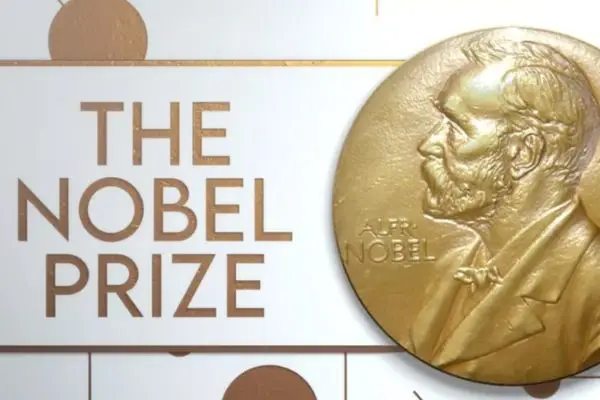
Every season, the Nobel Prizes drop like landmarks on the landscape of human knowledge. They mark what once seemed impossible, what’s now on the cusp of being ordinary, and what future generations may take for granted. In 2025, three particular awards stood out, in Medicine, Physics, and Chemistry, not just for their scientific brilliance, but for what they demand of us as a global society.
Let’s unpack them, the what, the why, and the how they might reshape life.
Medicine: Immune Harmony (Peripheral Immune Tolerance)
This year’s Nobel in Medicine went to Mary E. Brunkow, Fred Ramsdell, and Shimon Sakaguchi for discoveries in peripheral immune tolerance. That’s a technical way of saying: understanding how the immune system knows when not to attack itself, how it suppresses unwanted responses against the body’s own tissues. A breakthrough that has reshaped research on autoimmune disease and cancer.
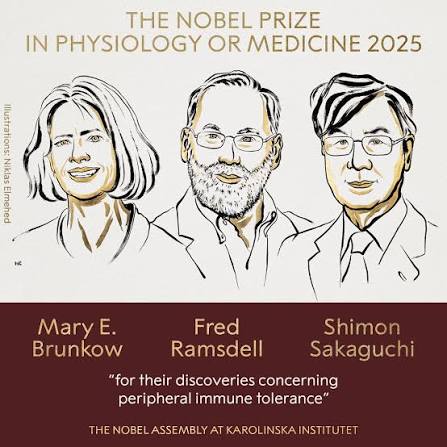
The significance is huge. Autoimmune diseases, from Type 1 diabetes to multiple sclerosis, lupus, rheumatoid arthritis, are cases where the immune system misfires and perceives its own cells as enemies. The work of these laureates helps explain how certain immune-regulating cells (like regulatory T cells) keep that misfiring in check. And that opens up new possibilities:
Better targeted therapies that calm autoimmune reactions without broadly suppressing immune function.
Safer organ and tissue transplants, because one of the risks is the immune system rejecting what it sees as foreign.
Novel strategies in treating allergies, inflammatory diseases, and possibly even aiding cancer immunotherapy, where immune balance is crucial.
But breakthroughs in medicine also come with hurdles: translating lab findings into affordable treatments, ensuring equitable access, managing side-effects. For many in poorer countries, even existing autoimmune treatments are prohibitively expensive. So the question isn’t just “What was discovered?” it’s “Who benefits and when?”
Physics: Quantum Tunneling in Circuits You Can Hold
Physics’ big award in 2025 recognizes John Clarke, Michel H. Devoret, and John M. Martinis for work in macroscopic quantum phenomena: showing that quantum effects, previously considered confined to tiny particles, can manifest in large, superconducting circuits. They demonstrated quantum mechanical tunneling and discrete energy quantisation in circuits — essentially proving that groups of electrons in these setups act in ways that challenge the boundary between the quantum and classical worlds.
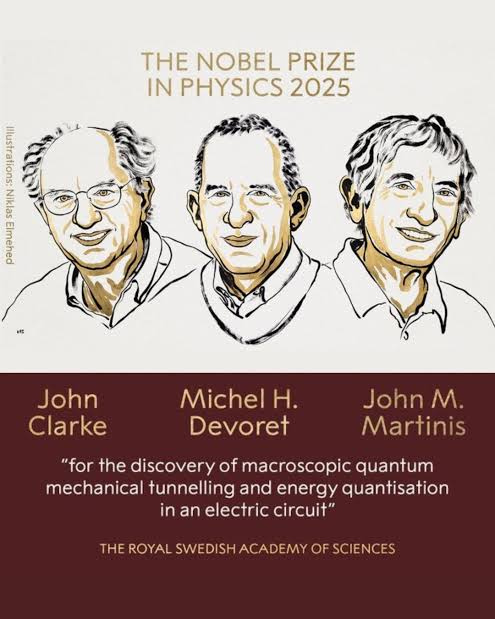
Why does this matter?
It’s fundamental for quantum computing. Qubits, the quantum version of bits, need coherence, stability, and scalable systems. These experiments push us closer to devices capable of solving problems beyond classical computers.
It has implications for ultra-sensitive sensors, encryption, material science. These aren’t just abstract curiosities; they could underpin next-gen technologies that improve data security, medical imaging, climate modeling.
But again, there’s a lag. Quantum computers are still expensive, delicate, require extreme conditions (low temperatures, precise shielding). For countries without robust infrastructure or R&D funding, these remain distant ideals.
In short: this is a step toward tomorrow’s machines. But for many, it’s still an idea, not a tool.
Chemistry: MOFs — Hermione’s Handbag of Materials
Perhaps the most visually gripping image from 2025’s Nobels, Chemistry honors Susumu Kitagawa, Richard Robson, and Omar Yaghi for developing metal-organic frameworks (MOFs): molecular materials that are porous to an extraordinary degree, so much so that a small piece of material might have the internal surface area comparable to a football field.
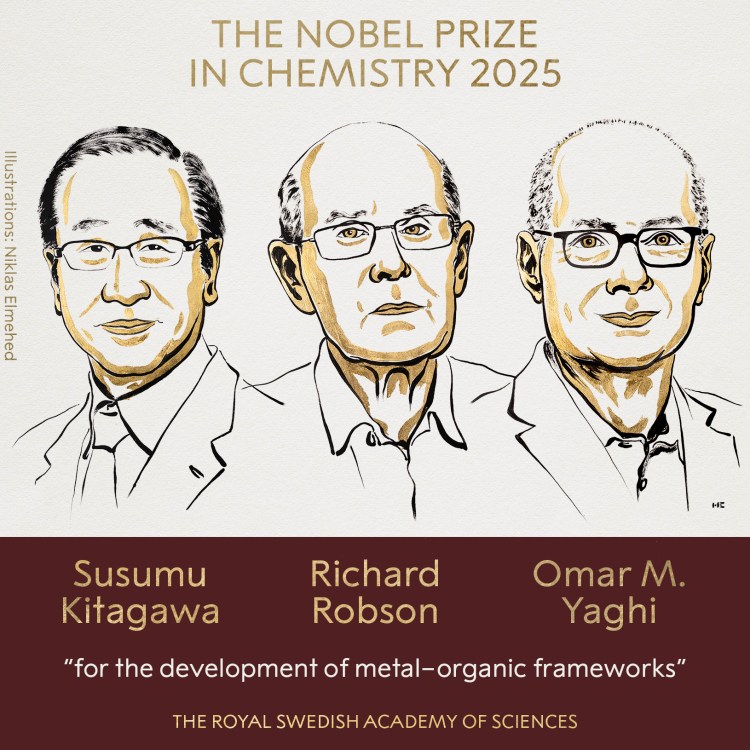
They’ve been called “Hermione’s magical handbag” as a playful metaphor. What MOFs can do:
Capture carbon dioxide, helping in the fight against climate change.
Harvest water from humid air in arid regions.
Store gases safely (like hydrogen) or remove toxic chemicals from water.
Potentially separate pollutants or “forever chemicals” from water sources.
But while their potential is breathtaking, real-world deployment is still scaling. Manufacturing MOFs cheaply, ensuring durability, creating systems for large-scale water capture or carbon capture, all of that takes investment, policy, and engineering innovation.
The Big Picture: What These Innovations Tell Us
When we sit back and look across these three breakthroughs, a few themes emerge:
Science is increasingly tackling environmental & health crises. Autoimmune disease, pollution, climate change, these aren’t distant problems; they’re among our most urgent. The Nobel committee’s selections show where human attention is focused: balancing our biology and safeguarding our planet.
The bridge between discovery and access remains large. All of these innovations have huge promise. But without access, especially in low-resource settings, the benefits risk being concentrated in wealthy countries or communities.
We need both curiosity and care. Fundamental science, like demonstrating quantum behavior or discovering immune tolerance mechanisms, doesn’t always have immediate payoff. But it’s essential. At the same time, scientists, governments, and citizens must press for translation, ensuring breakthroughs aren’t just celebrated in academic journals but make life better.
A Commentary: Are We Winning Or Just Admiring?
It’s tempting to celebrate Nobels and move on. But recognition, while essential, can feel like applause without handshake. Many groundbreaking discoveries die in labs; many potent inventions stall because of cost, policy, or lack of scale.
For example: MOFs may help with water harvesting from air, a potential lifeline for dry regions. But unless such systems are made affordable, resilient, and maintainable, they remain novelty for the few. Similarly, understanding immune tolerance is critical, but for someone who can’t afford immunotherapy, it’s a promise, not a solution yet.
Also, as science advances, so do expectations. The public increasingly wants Nobel winners to solve climate, pandemics, and inequality. That’s not unreasonable, but science alone can’t. Political will, funding, infrastructure, and global cooperation must follow.
Conclusion: Beyond the Medal
The 2025 Nobel Prizes remind us that human ingenuity continues to push boundaries. They honor ideas that could shape the way we breathe, the way we heal, the way we compute. But they also ask us to look inward: Which of these ideas will reach all corners of the world? Which remain academic gifts to a few?
The medal and the ceremony start the conversation. The real work begins when those inventions land in homes, hospitals, and deserts. When they
are not just admired, but used. That is where the true value lies.
Recommended Articles
Nobel Laureate James D. Watson, Co-Discoverer of DNA, Passes Away at 97
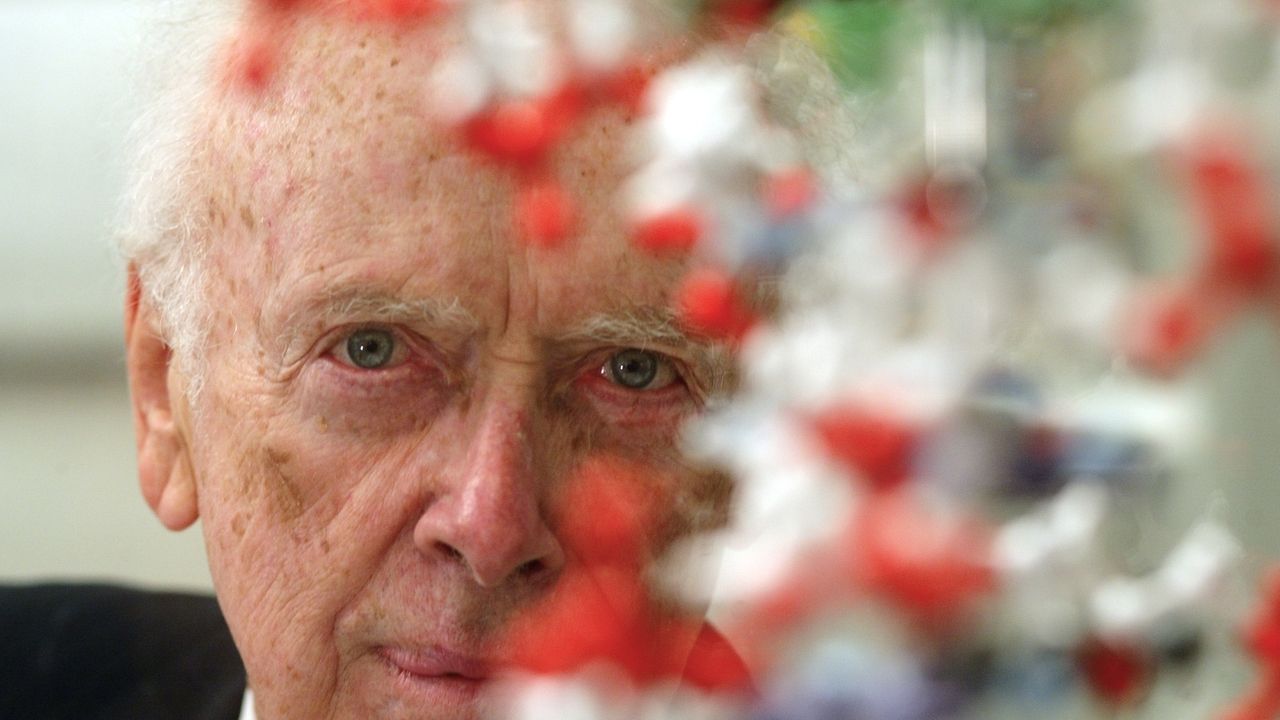
James D. Watson, the Nobel laureate credited with co-discovering the double helix structure of DNA, has died at 97. Whil...
You’re 99% Microbe: The Hidden Majority Inside You
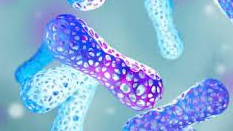
You’re only 1% human. The rest of you, trillions of microbes eat, think, and even feel with you. Inside your gut, skin, ...
Why We Need Sleep: Inside the Brain’s Night Shift

Even when you’re asleep, your brain is quietly up to something, sorting, cleaning, and working behind the scenes.
Have Aliens Already Found Earth?

Mysterious signals, unexplained radio bursts, and a growing African footprint in space research — could humanity already...
You may also like...
Super Eagles' Shocking Defeat: Egypt Sinks Nigeria 2-1 in AFCON 2025 Warm-Up

Nigeria's Super Eagles suffered a 2-1 defeat to Egypt in their only preparatory friendly for the 2025 Africa Cup of Nati...
Knicks Reign Supreme! New York Defeats Spurs to Claim Coveted 2025 NBA Cup

The New York Knicks secured the 2025 Emirates NBA Cup title with a 124-113 comeback victory over the San Antonio Spurs i...
Warner Bros. Discovery's Acquisition Saga: Paramount Deal Hits Rocky Shores Amid Rival Bids!
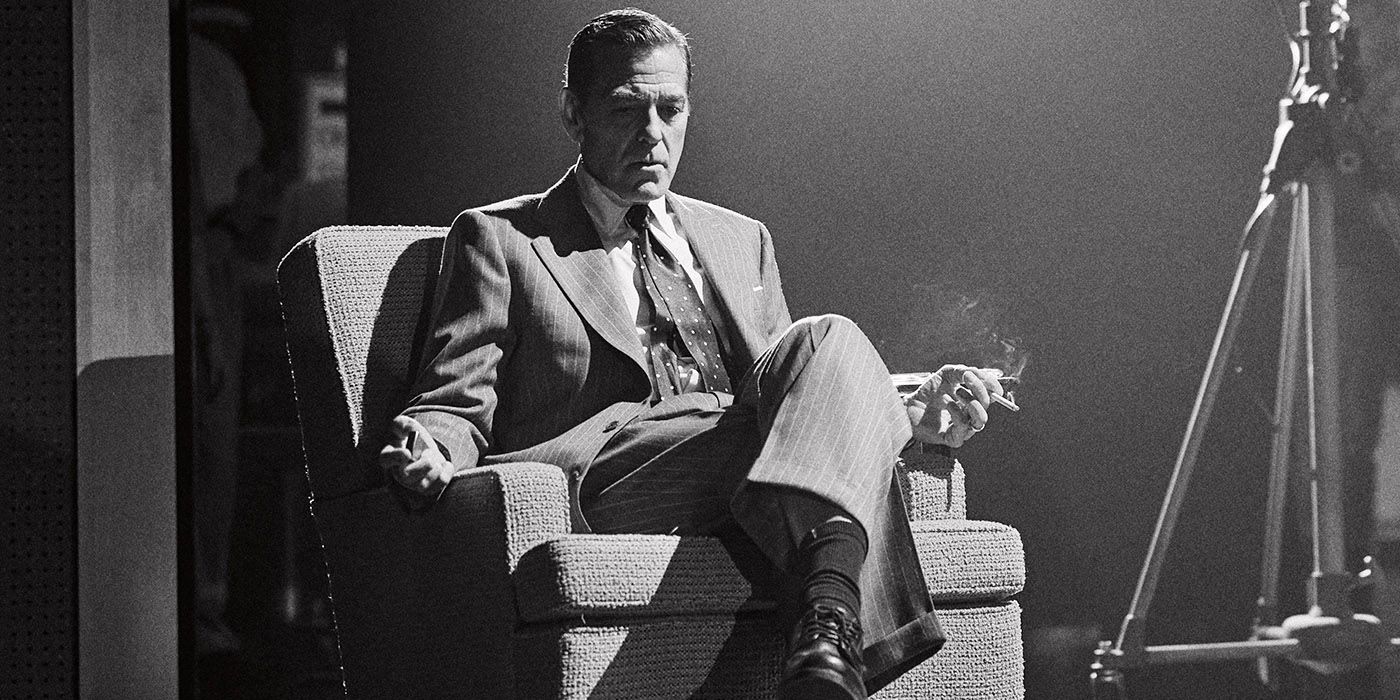
Hollywood's intense studio battle for Warner Bros. Discovery concluded as the WBD board formally rejected Paramount Skyd...
Music World Mourns: Beloved DJ Warras Brutally Murdered in Johannesburg

DJ Warras, also known as Warrick Stock, was fatally shot in Johannesburg's CBD, adding to a concerning string of murders...
Palm Royale Showrunner Dishes on 'Much Darker' Season 2 Death

"Palm Royale" Season 2, Episode 6, introduces a shocking twin twist, with Kristen Wiig playing both Maxine and her long-...
World Cup Fiasco: DR Congo Faces Eligibility Probe, Sparks 'Back Door' Accusations from Nigeria

The NFF has petitioned FIFA over DR Congo's alleged use of ineligible players in the 2026 World Cup playoffs, potentiall...
Trump's Travel Ban Fallout: African Nations Hit Hard by US Restrictions

The Trump administration has significantly expanded its travel restrictions, imposing new partial bans on countries like...
Shocking Oversight: Super-Fit Runner Dies After Heart Attack Symptoms Dismissed as Heartburn

The family of Kristian Hudson, a 'super-fit' 42-year-old marathon runner, is seeking accountability from NHS staff after...
